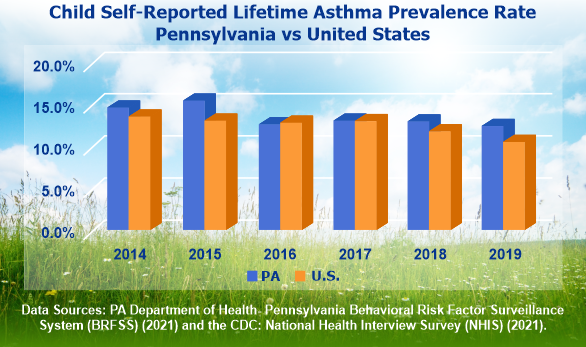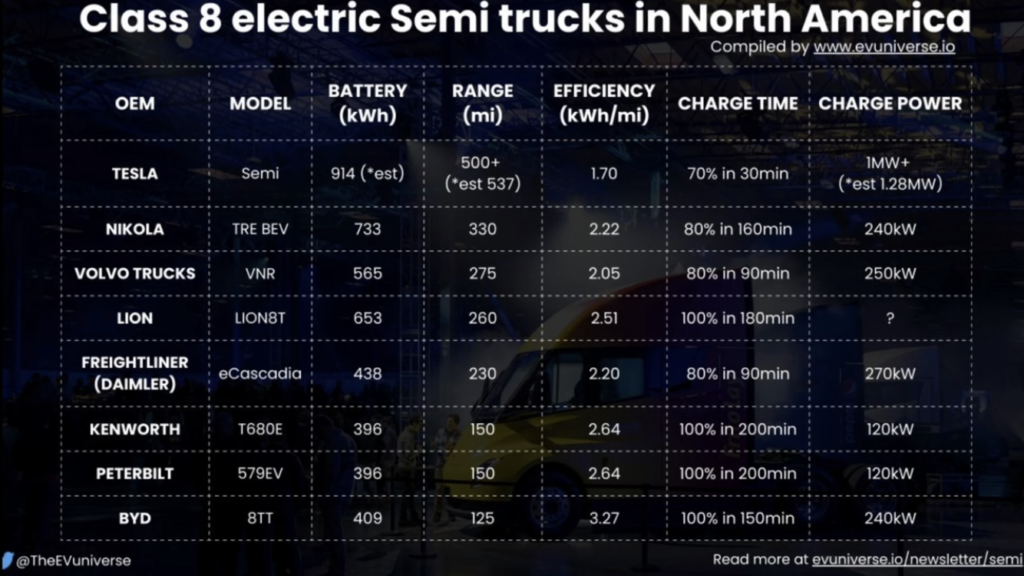Furry Friends Cause Trucking Border Delays At Canadian Border
To prevent reintroduction of rabies carried by dogs into the United States, new CDC regulations require proof of healthy pets at border crossing. Truckers who
We are a team of DOT Compliance and Licensing Professionals helping trucking and transportation companies remain safe, compliant, and profitable.
CNS or Compliance Navigation Specialists is DOT Compliance company that assists trucking and transportation companies remain DOT Compliant. We are part of a network of companies, CNS Companies, specializing in services related to the transportation, manufacturing, construction, service, education and medical industries.

A full-scale DOT Compliance Program managing a long haul carrier’s safety, compliance, licensing and more.
Learn more >>>
A DOT Compliance Program that keeps motor carriers compliant with the 6 Basic DOT Regulations required of all carriers.
Learn more >>>
Our Short-Haul/Construction Program is a full-scale program designed for private carriers that do not haul for-hire.
Learn more >>>
Our most comprehensive DOT Compliance Program, operating as your company’s off-site Safety Director or assisting your current safety personnel.
Learn more >>>
Our Non-CDL Program is a full-scale program managing safety, compliance, licensing and more for moving companies, couriers, landscapers, or any company subject to DOT regulations and does not employ CDL drivers.
Learn more >>>
Our DOT Audit Services cover a number of different types of DOT Audits that new and existing carriers will be subject to.
Our DOT Driver Services help trucking companies and carriers to stay compliant as they grow and hire more drivers.
Our DOT Vehicle Services focus on ensuring your vehicles are compliant with DOT Regulations, which is just as important as your drivers.
Our DOT Services for Special Carriers focus on companies outside of the typical motor carrier, like HAZMAT, Passenger and Bus Carriers.
CNS is part of a group of companies that offer other necessary services for the trucking and transportation industry, such as Commercial Trucking Insurance, CDL Training, Online Training Course, and even Healthcare.
Our DOT Licensing Services will cover you whether you are an existing company or just starting a trucking company. Our DOT Licensing Specialists can help you get up and running and in days with your DOT number, MC Authority, EIN, UCR, IFTA, 2290 HVUT, Fuel Taxes and can even set you up to get your Commercial Driver's License (CDL) with CNS Driver Training Center.
Our DOT Licensing Specialists will help you with every aspect of starting a trucking company. All you need to do is choose a name for your trucking company.
You will need to ensure your DOT Number, MC Authority, Vehicle Registration, etc. is all set up properly when you start your trucking business.
Our Licensing Specialists can help with all aspects of filing and renewing licenses, fuel taxes, etc.
CNS is part of a group of companies that offer other necessary services for the trucking and transportation industry, such as Commercial Trucking Insurance, CDL Training, Online Training Course, and even Healthcare.
To prevent reintroduction of rabies carried by dogs into the United States, new CDC regulations require proof of healthy pets at border crossing. Truckers who
CNS or Compliance Navigation Specialists is DOT Compliance company that assists trucking and transportation companies remain DOT Compliant. We are part of a network of companies, CNS Companies, specializing in services related to the transportation, manufacturing, construction, service, education and medical industries.
CNS Companies is a network of companies specializing in services related to the transportation, manufacturing, construction, service, education and medical industries. Our DOT Compliance division is handled by Compliance Navigation Specialists, CNS Insurance handles Commercial Truck Insurance, CDL training is managed by the CNS Driver Training Center and healthcare is managed by CNS Occupational Medicine.
We are a team of DOT Compliance and Licensing Professionals helping trucking and transportation companies remain safe, compliant, and profitable.
CNS or Compliance Navigation Specialists is DOT Compliance company that assists trucking and transportation companies remain DOT Compliant. We are part of a network of companies, CNS Companies, specializing in services related to the transportation, manufacturing, construction, service, education and medical industries.

A full-scale DOT Compliance Program managing a long haul carrier’s safety, compliance, licensing and more.
Learn more >>>
A DOT Compliance Program that keeps motor carriers compliant with the 6 Basic DOT Regulations required of all carriers.
Learn more >>>
Our Short-Haul/Construction Program is a full-scale program designed for private carriers that do not haul for-hire.
Learn more >>>
Our most comprehensive DOT Compliance Program, operating as your company’s off-site Safety Director or assisting your current safety personnel.
Learn more >>>
Our Non-CDL Program is a full-scale program managing safety, compliance, licensing and more for moving companies, couriers, landscapers, or any company subject to DOT regulations and does not employ CDL drivers.
Learn more >>>
Our DOT Audit Services cover a number of different types of DOT Audits that new and existing carriers will be subject to.
Our DOT Driver Services help trucking companies and carriers to stay compliant as they grow and hire more drivers.
Our DOT Vehicle Services focus on ensuring your vehicles are compliant with DOT Regulations, which is just as important as your drivers.
Our DOT Services for Special Carriers focus on companies outside of the typical motor carrier, like HAZMAT, Passenger and Bus Carriers.
CNS is part of a group of companies that offer other necessary services for the trucking and transportation industry, such as Commercial Trucking Insurance, CDL Training, Online Training Course, and even Healthcare.
Our DOT Licensing Services will cover you whether you are an existing company or just starting a trucking company. Our DOT Licensing Specialists can help you get up and running and in days with your DOT number, MC Authority, EIN, UCR, IFTA, 2290 HVUT, Fuel Taxes and can even set you up to get your Commercial Driver's License (CDL) with CNS Driver Training Center.
Our DOT Licensing Specialists will help you with every aspect of starting a trucking company. All you need to do is choose a name for your trucking company.
You will need to ensure your DOT Number, MC Authority, Vehicle Registration, etc. is all set up properly when you start your trucking business.
Our Licensing Specialists can help with all aspects of filing and renewing licenses, fuel taxes, etc.
CNS is part of a group of companies that offer other necessary services for the trucking and transportation industry, such as Commercial Trucking Insurance, CDL Training, Online Training Course, and even Healthcare.
To prevent reintroduction of rabies carried by dogs into the United States, new CDC regulations require proof of healthy pets at border crossing. Truckers who
CNS or Compliance Navigation Specialists is DOT Compliance company that assists trucking and transportation companies remain DOT Compliant. We are part of a network of companies, CNS Companies, specializing in services related to the transportation, manufacturing, construction, service, education and medical industries.
CNS Companies is a network of companies specializing in services related to the transportation, manufacturing, construction, service, education and medical industries. Our DOT Compliance division is handled by Compliance Navigation Specialists, CNS Insurance handles Commercial Truck Insurance, CDL training is managed by the CNS Driver Training Center and healthcare is managed by CNS Occupational Medicine.

The new Medium- & and Heavy-Duty Zero-Emissions (MHD-ZEV) Fleet Pilot Grant Program Initiative money will help get dirty diesel trucks out of high-traffic communities.
The new $12.7 million grant program will give businesses, local governments, and nonprofits money to replace their dirty diesel trucks with electric vehicles, helping to significantly improve air quality in communities that currently have some of the poorest air quality in Pennsylvania.
Replacing aging diesel fleets with new zero-emission vehicles will reduce emissions by as much as 100 percent.
Driving PA Forward is the set for grant and rebate programs which are a part of a Department of Environmental Protection initiative. The initiative is funded by the national Volkswagen settlement over cheating on U.S. EPA emissions tests.
In addition to the new program, DEP announced $1.7 million in Driving PA Forward State Clean Diesel Grants to three projects to replace old diesel trucks with zero- or low-emission trucks.
These grants will also lead to vehicle lifetime operating cost savings for fleet owners and operators. For example, a 200-mile trip would cost $169 for a diesel truck (assuming $4.99 per gallon of diesel) while a similar trip with a Tesla Semi would cost $28, a saving of 83%.
[Related article: Tesla Semi Deliveries Begin as Insurers Wait To Offer Guidance]
The grant recipients need to replace three to five or more vehicles, depending on the size of the fleet, and the money will:
Grant recipients will have two years to get the new electric trucks on the road and they will provide data on how they purchased their electric trucks, installed charging and, once the vehicles go into use, operational data on fleet performance.
“These are the kind of trucks many of us see on a regular basis in our neighborhoods, such as garbage, recycling, utility, and delivery trucks,” said Ramez Ziadeh, acting secretary of PA’s Department of Environmental Protection, in a press conference Thursday. “It’s vitally important that transportation move in the direction of electrification.”
“The program should help protect communities from the unhealthy exhaust,” Ziadeh said.
The 2022–2023 Medium- and Heavy-Duty Zero-Emission Vehicle Fleet Pilot Grant initiative opens for applications on Wednesday, November 23, 2022. Applications will be accepted through 11:59 P.M. on March 1, 2023.
See the Program Guidelines below for more details.
To put it simply, electric vehicles have zero tailpipe emissions whereas, on average, one 15-year-old diesel garbage truck traveling approximately 14,000 miles annually will have emitted more than 1.1 tons of Nitrogen Oxide (NOx) over its lifetime.
Additionally, while 1% vehicles in the United States are Semis, they make up 18-20% of vehicle emissions and over 30% in particulate matter emissions.
In Pennsylvania, “fossil fuel vehicles generate 50.2% of the nitrogen oxides in the air, as well as carbon monoxide, fine particulate matter, and hydrocarbons,” Ziadeh said.
This particulate exhaust from diesel trucks can make heart and lung issues worse, and even cause cancer. In fact, more than 10% of adults in Pennsylvania (above the national average) have asthma, according to the CDC.

The new grant money will be focused on Environmental Justice areas, which Pennsylvania defines as places where at least 20% of people are at or below the federal poverty line or at least 30% of residents are people of color, as well as areas with high traffic density.
“The health effects include premature death in people with heart or lung disease, heart attacks, aggravated asthma, and increased respiratory [symptoms] such as coughing and difficulty breathing.”
In Philadelphia, there are stark differences in the rate of child asthma hospitalizations by ZIP code, with Black and Hispanic kids hospitalized due to asthma at rates more than four times higher than white kids.
Model year 1992–2009 Class 4–8 local freight trucks that operate predominantly in Pennsylvania are eligible for replacement.
Eligible project vehicles must be replaced with new zero-emission trucks of similar class and vocation.
“We know from our work with community and business leaders that their interest in electric trucks is matched by a need for logistical information. How long does an electric truck take to charge? How long does the charge last? What’s the cost to operate? What are the fuel savings?” said Acting Secretary Ziadeh.
“With two years of on-the-ground data from grantees, we’ll develop case studies to expand the knowledge base on electric truck operation, performance, and maintenance in Pennsylvania.”
For Class 8 electric Semis, below is a list of truck options to consider:

Regarding charging options, Tesla’s new charging technology allows their Semi truck to gain 70 percent state of charge in just 30 minutes, and they are working with Semi customers to utilize solar power, megapack storage, and charging stations.
All fleets need to conduct proper and thorough pre and post trip inspections, which consists of implementing quality:
All of this will help prevent being a target for the DOT at roadside inspections and is a valuable resource to ensure a healthy fleet, and compliant safety practices.
Our DOT trainers offer a variety of in-person or online training courses tailored to the specific needs or weaknesses of your company.

To prevent reintroduction of rabies carried by dogs into the United States, new CDC regulations require proof of healthy pets at border crossing. Truckers who

This means future regulations will “become clearer” or “stuck in the courts” for years. On June 28, 2024, the U.S. Supreme Court overturned the Chevron

EPA’s new truck emission standards will require 25% of new sleeper-cab tractors to be zero-tailpipe-emission trucks by 2032. On March 29, 2024, the U.S. Environmental

Did you know that there have been more than 3.4 million brakes inspected since the program’s inception in 1998? As we prepare for CVSA’s Brake
Our DOT Compliance Programs ensure it is your top priority and keeps your business running.
Receive the latest transportation and trucking industry information about FMCSA and DOT Audits, Regulations, etc.

To prevent reintroduction of rabies carried by dogs into the United States, new CDC regulations require proof of healthy pets at border crossing. Truckers who

This means future regulations will “become clearer” or “stuck in the courts” for years. On June 28, 2024, the U.S. Supreme Court overturned the Chevron

EPA’s new truck emission standards will require 25% of new sleeper-cab tractors to be zero-tailpipe-emission trucks by 2032. On March 29, 2024, the U.S. Environmental
Join our monthly newsletter and stay up-to-date on trucking industry news and receive important compliance and licensing tips.
Join our monthly newsletter and stay up-to-date on trucking industry news and receive important compliance and licensing tips.